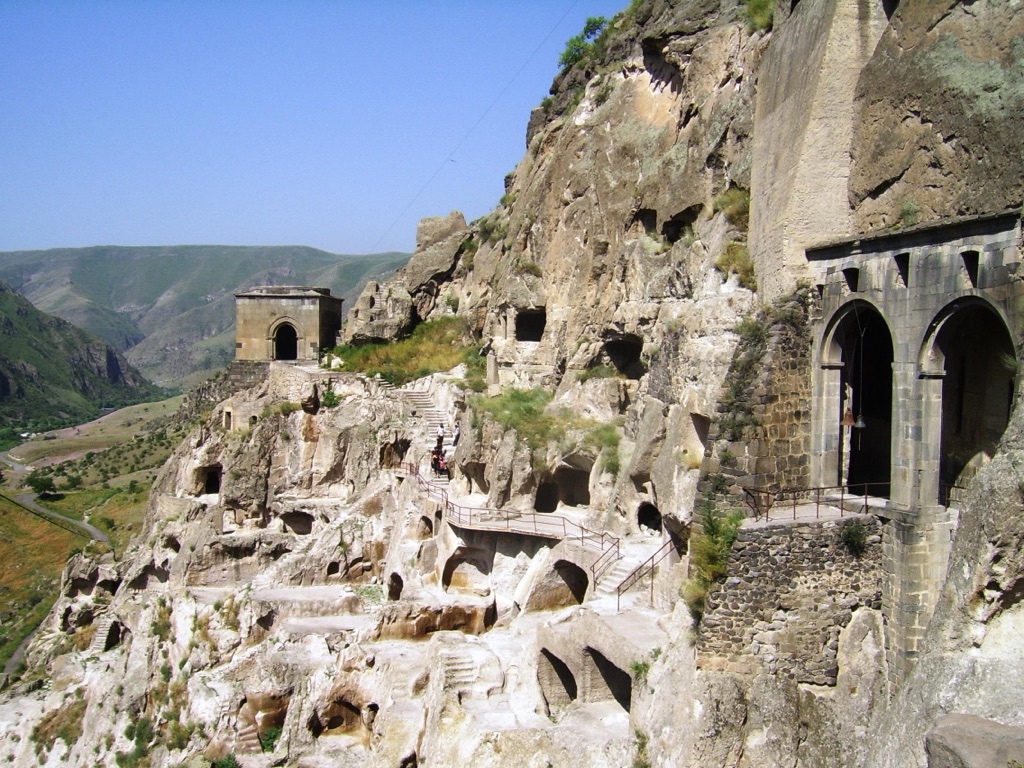Vardzia is not just a cave city in Georgia; it’s a sprawling multi-level complex carved into the Erusheti Mountain. Erected in the 12th century, this remarkable feat of engineering was intended as a fortress against the Mongol hordes. The ambitious project, sanctioned by Queen Tamar, aimed to provide a steadfast sanctuary during tumultuous times. Several thousand monks could dwell here, their numbers reflecting the city’s once-vast scale. Vardzia beckons to history buffs and curious travelers alike, offering a rare glimpse into Georgia’s proud medieval past.
Historical Places
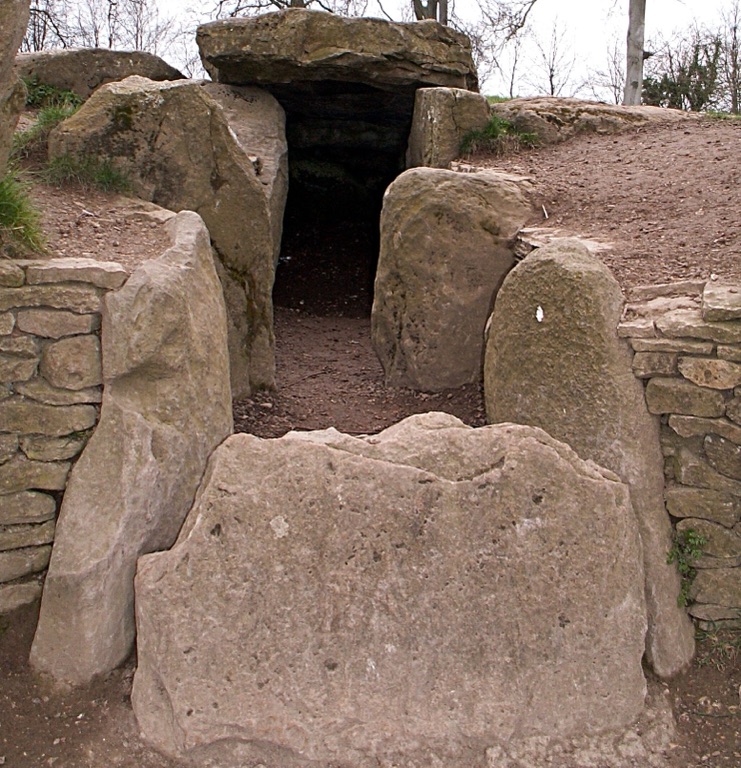
Wayland’s Smithy
Nestled within the lush landscape of the Berkshire Downs, Wayland’s Smithy tells a tale as old as time. This Neolithic long barrow resonates with the mystique of ancient civilizations. Legend intertwines with history, suggesting a forge run by the mythical blacksmith Wayland. It remains a captivating enigma, drawing visitors to explore its enshrouded past. The atmospheric site, featuring an awe-inspiring stone chamber, is a testament to the sophisticated construction skills of our ancestors. Admirers of archaeology and folklore alike are captivated by the legacy etched into this historic monument.
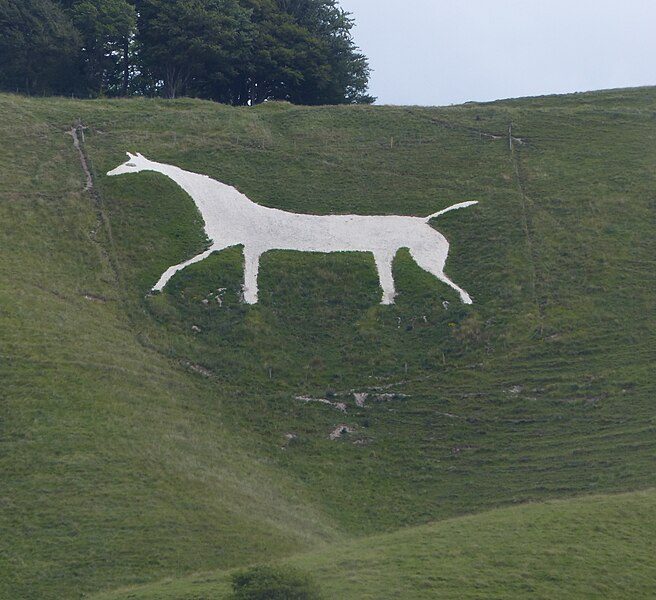
Pewsey White Horse
The Pewsey White Horse is a charming historical landmark, etched into the rolling hills of Wiltshire, England. This captivating hill figure, cut in the shape of a horse, fascinates with its rich heritage and mystical allure. Nestled in the North Wessex Downs, it commands a breath-taking view over Pewsey Vale, framing the landscape with ancient artistry. The figure’s precise origins remain shrouded in mystery, although it is widely recognized as a significant cultural symbol, reflecting the region’s deep historical roots.
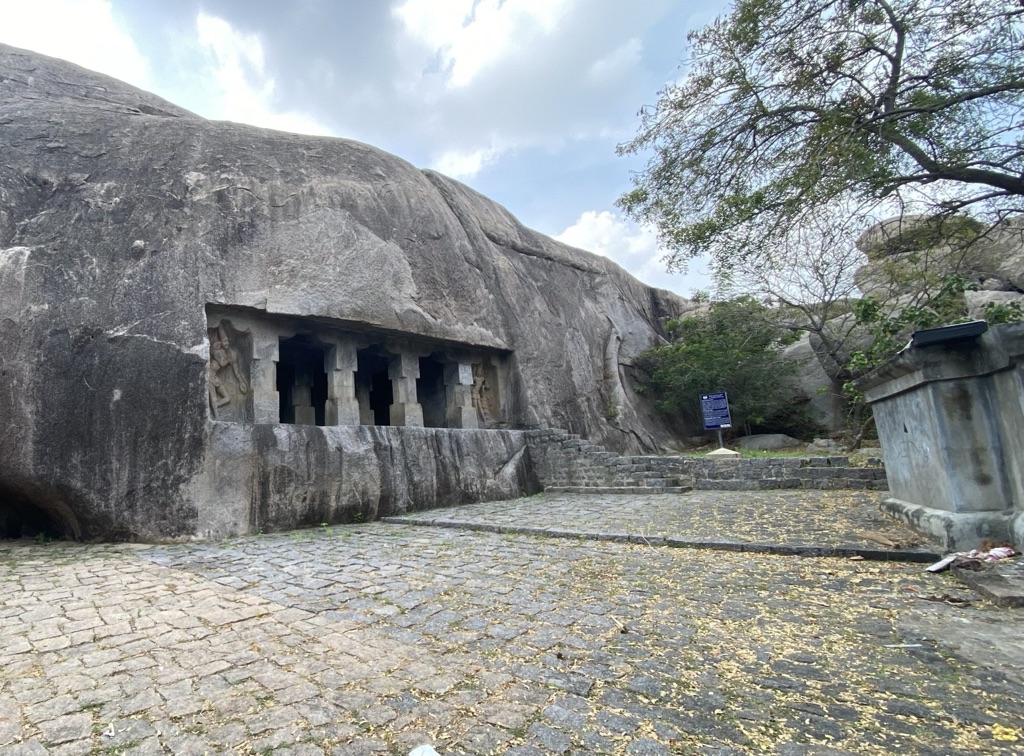
Mandagapattu Temple
The Mandagapattu Temple is a celebrated historical site that marks an important evolution in South Indian temple architecture. Carved out of a rock face, this Hindu temple is a fine example of early Pallava art and showcases a unique blend of religious and cultural influences. Unlike the later Dravidian temples with towering gopurams, the Mandagapattu temple’s charm lies in its simplistic yet intricate carvings and the absence of deities in its sanctum at its time of conception. This landmark is believed to be the brainchild of King Mahendravarman I, who initiated the practice of rock-cut architecture in the region.
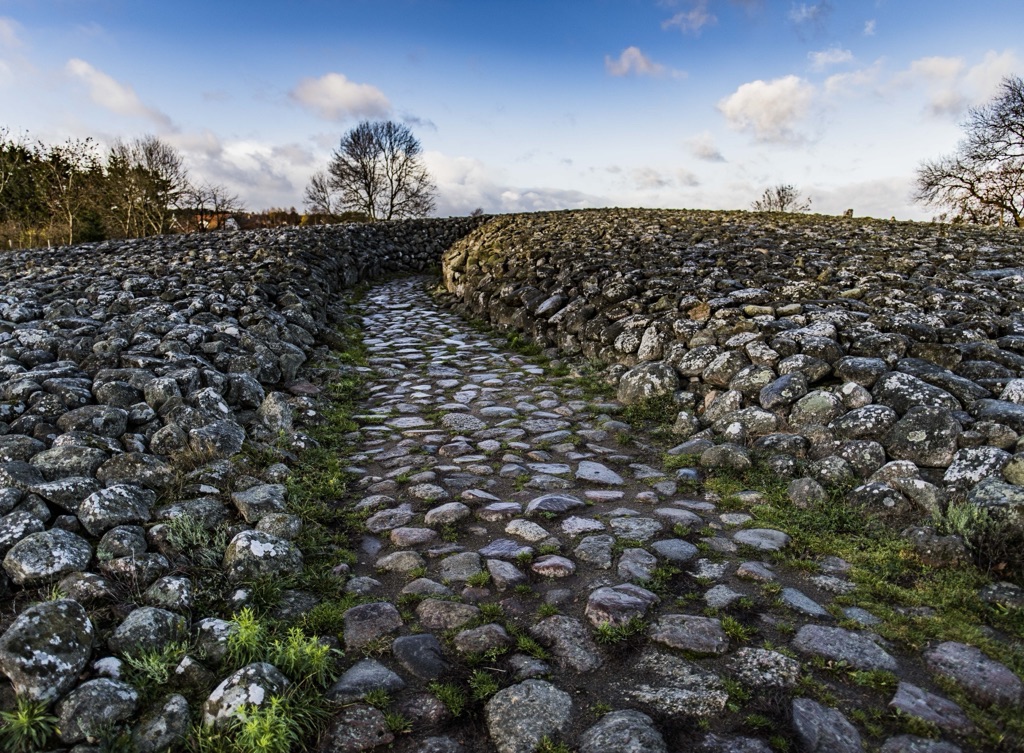
Kiviksgraven
Delve into the past with a visit to Kiviksgraven, also known as the King’s Grave. This splendid archaeological site in Sweden dates back to the early Bronze Age. It’s hailed for its substantial circular stone setting and elaborate interior decorations. Visitors marvel at the ancient carvings depicting suns, ships, and people. Kiviksgraven stands out not only for its historical significance but also for the way it connects visitors to the past. As one of the most impressive Nordic Bronze Age attractions, it stirs the imagination about the region’s early inhabitants.
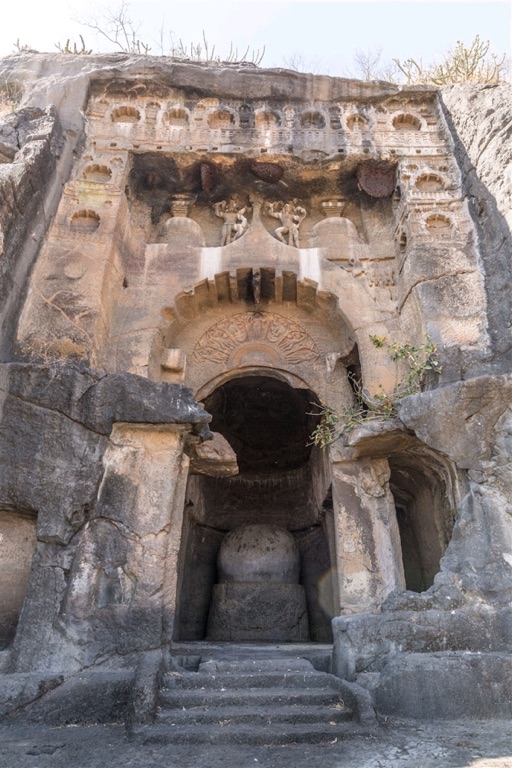
Manmodi Caves
The Manmodi Caves are a remarkable assemblage of rock-cut wonders, etching the cultural and religious history of ancient India into stone. Nestled in the Sahyadri hills near Junnar, Maharashtra, these caves represent a monastic complex that has withstood the test of time. They offer significant insights into the practices of early Buddhist monks and highlight the architectural prowess of a bygone era. The caves, with their viharas and chaityas, meticulously carved inscriptions, and rock pillars offer a powerful reflection of the ascetic life and spiritual endeavors of their creators.

